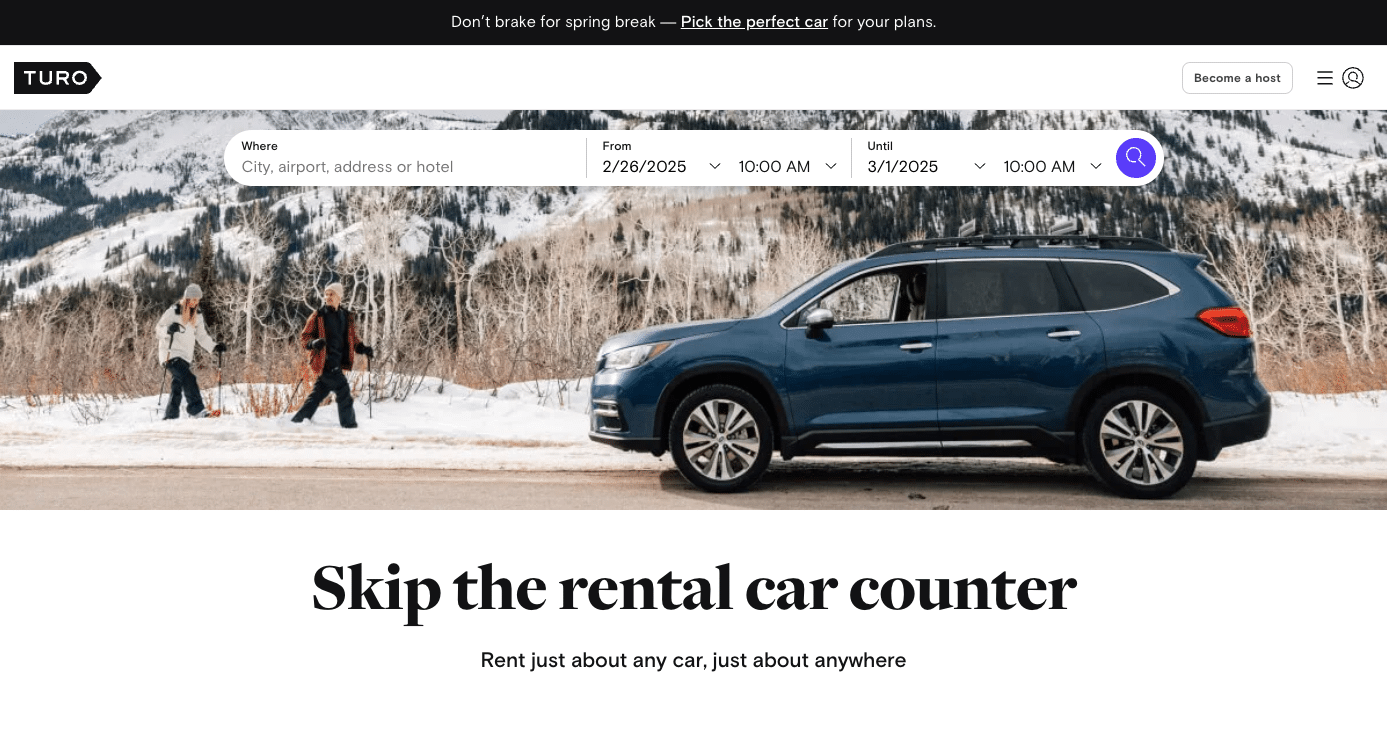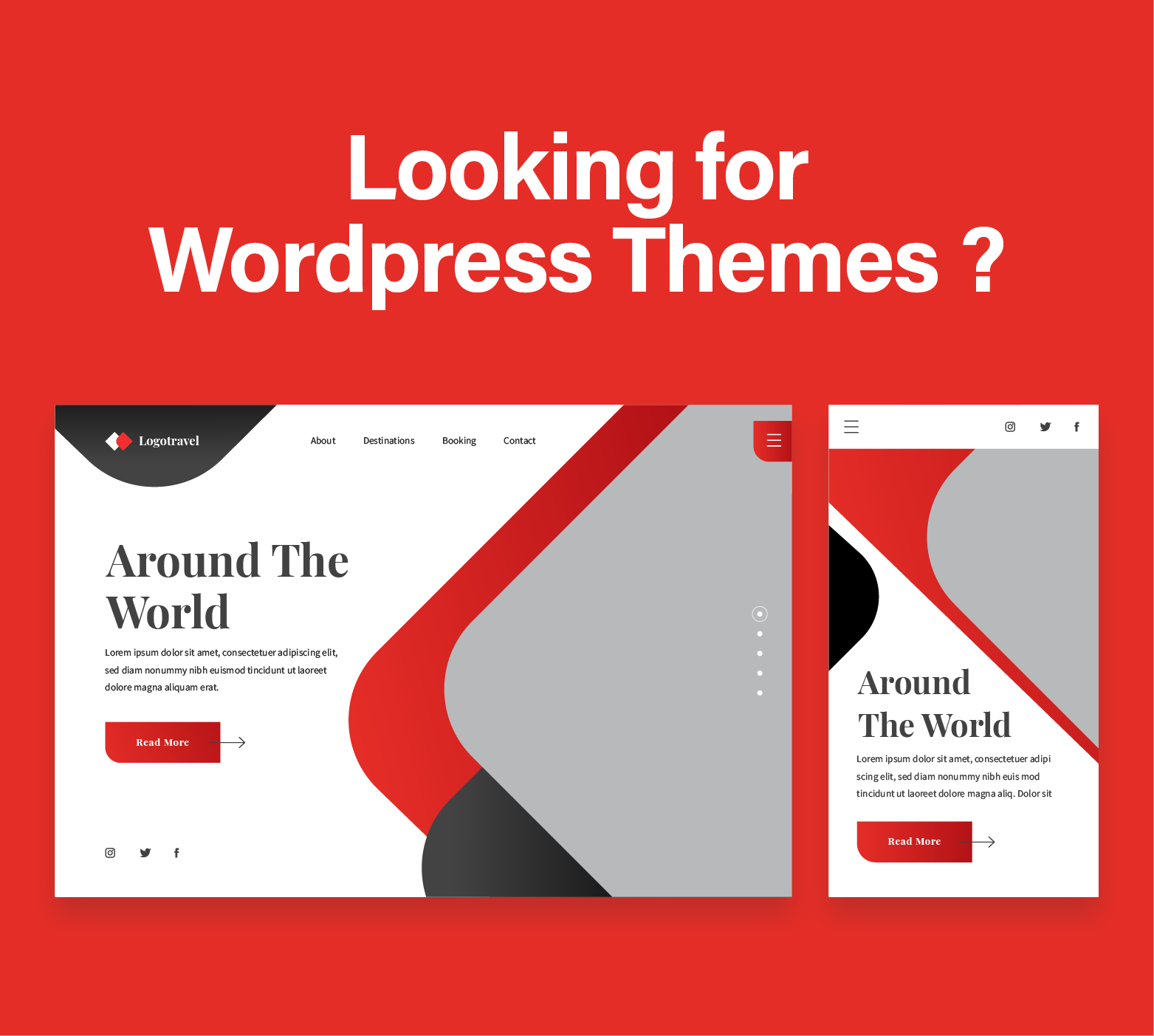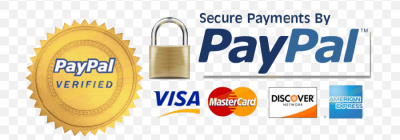The car rental industry is evolving, and platforms like Turo have revolutionized peer-to-peer car sharing. If you want to build a car rental website similar to Turo, you’ll need a solid business model, a strong technical foundation, and an effective marketing strategy. This guide will walk you through the key steps to building a successful car rental platform.

Do you need app development services ? No problem, just get in touch with our team and lets build your car rental website.
Step 1: Define Your Niche and Business Model
Before you start development, it’s essential to define your niche and business model. Turo allows car owners to rent out their vehicles to individuals, but your platform can have a unique angle to differentiate itself.
Consider These Factors:
- Peer-to-Peer vs. Traditional Rentals – Will your platform connect individual car owners with renters, or will it operate like a traditional rental service?
- Target Audience – Are you focusing on tourists, business travelers, or local users?
- Vehicle Types – Will your platform offer luxury cars, economy vehicles, electric cars, or all types?
- Pricing Model – Will you charge commission on rentals, offer subscription plans, or charge listing fees?
- Geographic Availability – Will you operate locally, nationally, or globally?
Defining these factors ensures you build a platform that meets market needs and stands out from the competition.
Step 2: Choose the Right Technology Stack
Your technology stack will determine how scalable, secure, and efficient your platform is. You need a robust backend, a user-friendly frontend, and reliable third-party integrations.
Recommended Tech Stack:
- Frontend: React, Angular, or Vue.js for an interactive user interface.
- Backend: Node.js, Django, or Ruby on Rails for handling bookings and transactions.
- Database: PostgreSQL, MySQL, or MongoDB for storing vehicle listings and rental records.
- Hosting: AWS, DigitalOcean, or Firebase for cloud infrastructure.
- Payment Processing: Stripe, PayPal, or Square for secure transactions.
- GPS & Mapping APIs: Google Maps API for location tracking and vehicle pick-up/drop-off points.
- Authentication: OAuth, Firebase Auth, or JWT for secure logins.
Selecting the right technology stack ensures your website runs smoothly and can scale with increasing users.
Step 3: Design an Intuitive User Experience (UX)
A great user experience is crucial for keeping both car owners and renters engaged. Your platform should be easy to navigate, visually appealing, and efficient.
Essential UX Features:
- Seamless Registration & Authentication – Allow users to sign up using email, Google, or social media.
- Advanced Search & Filters – Users should be able to search for cars based on location, type, price, and availability.
- Smooth Booking Process – Ensure a hassle-free car reservation system with instant booking or owner approval options.
- Secure Payment Processing – Provide multiple payment methods with secure encryption.
- Responsive Design – Your website should be mobile-friendly for easy access on any device.
A well-optimized UX will increase user retention and overall satisfaction.
Step 4: Implement Key Features
To compete with established platforms like Turo, your car rental website must include essential and advanced features that enhance both renter and owner experiences.
Must-Have Features:
- User Profiles & Verification – Ensure users complete identity verification for trust and security.
- Car Listings with Photos & Descriptions – Owners should be able to upload vehicle details, pricing, and images.
- Instant & Scheduled Booking – Renters should be able to book cars instantly or request a reservation for approval.
- GPS & Location Services – Integration with Google Maps to find nearby cars and set pickup/drop-off points.
- Ratings & Reviews – Allow both renters and owners to rate and review their experiences.
- Insurance & Damage Protection – Offer optional coverage for added security.
- In-App Chat & Notifications – Enable direct communication between renters and owners.
These features ensure a seamless car rental experience and build trust among users.
Step 5: Ensure Security and Compliance
Security is critical in a car rental marketplace, as users are sharing valuable assets. Your platform should have strong verification processes and compliance measures.
Ways to Ensure Security:
- Identity Verification – Require government-issued ID verification for both renters and owners.
- Vehicle Inspection & Approval – Verify listed cars meet safety and maintenance standards.
- Secure Payment Processing – Protect transactions with encrypted payment gateways.
- Insurance & Liability Coverage – Partner with insurance providers to offer rental protection plans.
- Fraud Detection – Use AI-powered fraud detection tools to identify suspicious activity.
Prioritizing security will help establish credibility and protect both renters and car owners.
Step 6: Develop a Monetization Strategy
A sustainable business model is essential for generating revenue from your car rental platform. There are multiple monetization options to consider.
Monetization Options:
- Commission-Based Model – Charge a percentage fee on each completed rental transaction.
- Listing Fees – Charge car owners a fee for listing their vehicles on your platform.
- Subscription Plans – Offer premium memberships with exclusive perks for frequent renters.
- Insurance & Service Fees – Charge optional fees for insurance and roadside assistance.
- Advertisements & Partnerships – Partner with car service providers, insurance companies, or auto brands.
A well-planned monetization strategy ensures long-term profitability and platform growth.
Step 7: Market Your Car Rental Platform
Attracting users and gaining traction requires a strong marketing strategy. You need to reach both car owners and renters effectively. And most common marketing strategy is to leverage seo. And with that you can either hire an seo agency or hire a seo consultant. Read below other means of marketing your car rental platform.
Effective Marketing Strategies:
- SEO & Content Marketing – Optimize your website for search engines and create blog content related to car rentals.
- Social Media & Influencer Collaborations – Partner with travel and auto influencers to promote your platform.
- Referral Programs – Reward users for inviting friends to join your platform.
- Paid Advertising – Use Google Ads, Facebook Ads, and Instagram Ads to target potential users.
- Local Partnerships – Collaborate with travel agencies, hotels, and event planners to promote car rentals.
A strong marketing plan ensures user acquisition and increased bookings.
Step 8: Continuously Improve and Scale
Once your platform is live, continuous improvements and scalability strategies will help you stay competitive.
Scaling Strategies:
- Analyze User Behavior – Use analytics tools to track user engagement and optimize features.
- Expand to New Locations – Launch in additional cities or regions as demand grows.
- Introduce Mobile Apps – Develop iOS and Android apps for a seamless rental experience.
- Enhance AI-Based Recommendations – Use AI to suggest cars based on user preferences and behavior.
- Offer Loyalty Programs – Reward returning users with discounts and perks.
Constant innovation will ensure long-term success and competitiveness in the car rental industry.
Conclusion
Building a car rental website like Turo requires strategic planning, robust technology, and a strong user experience. By defining your niche, choosing the right tech stack, ensuring security, and implementing key features, you can create a successful car rental platform. A well-thought-out monetization strategy and effective marketing approach will help you attract users and drive revenue. Stay focused on continuous improvements to make your platform a leader in the car rental industry.
Do you want to build a car rental website ? No problem, just get in touch with us and lets schedule a video call. Prices with our web design and web development team start from 2,999$








